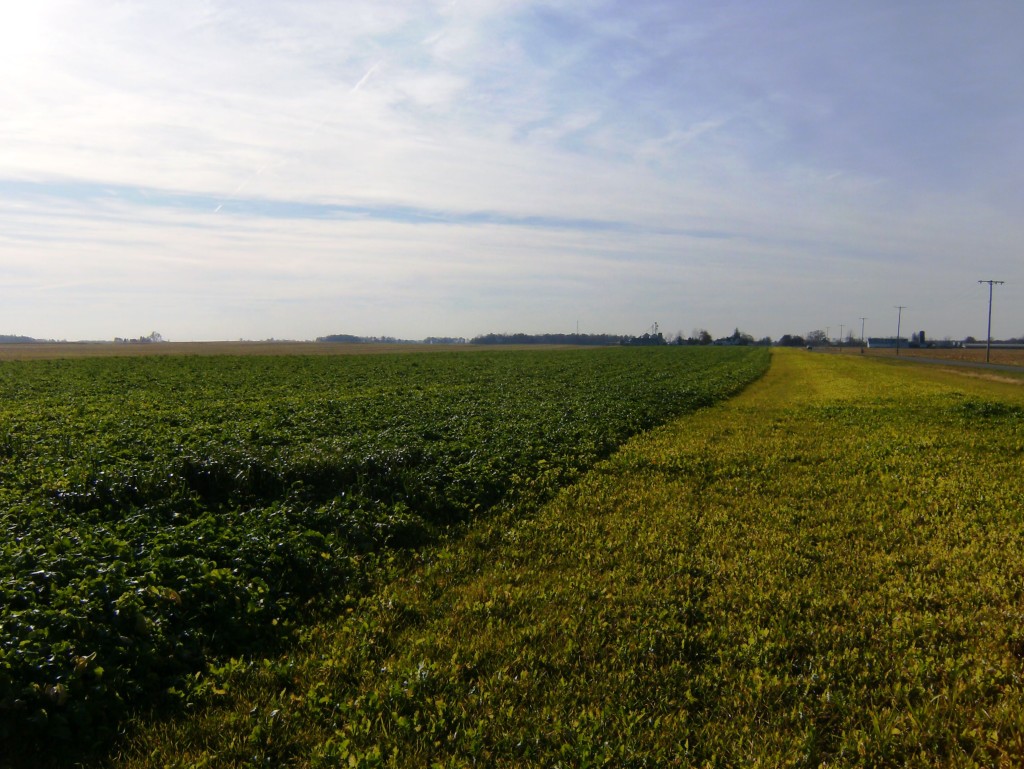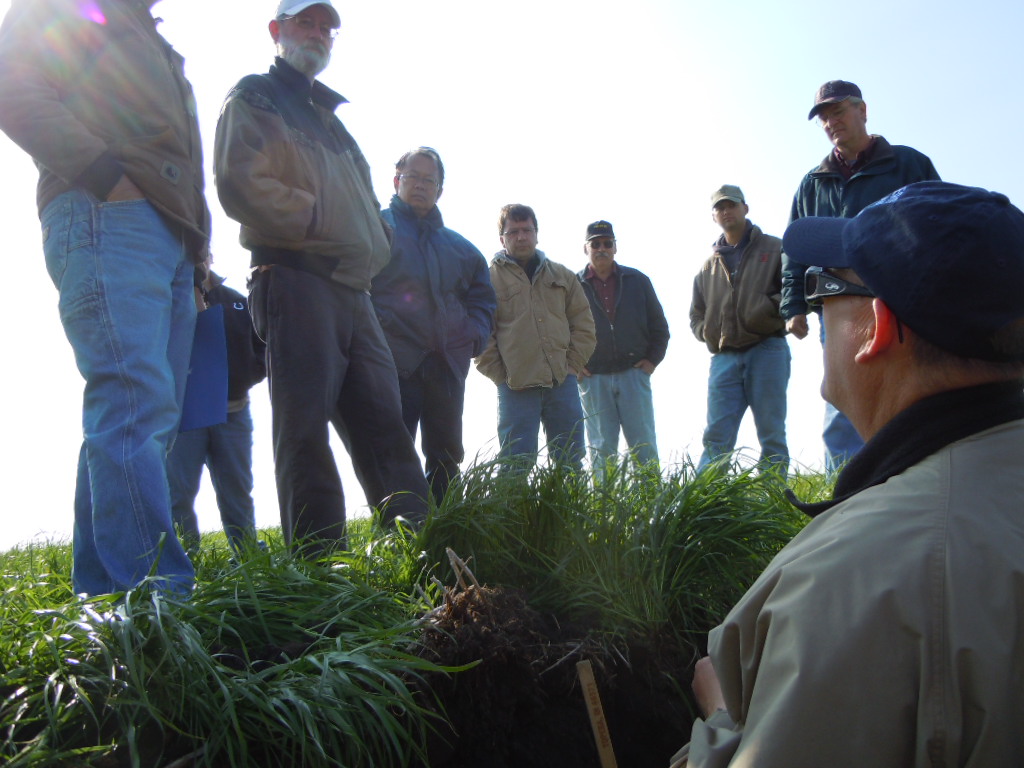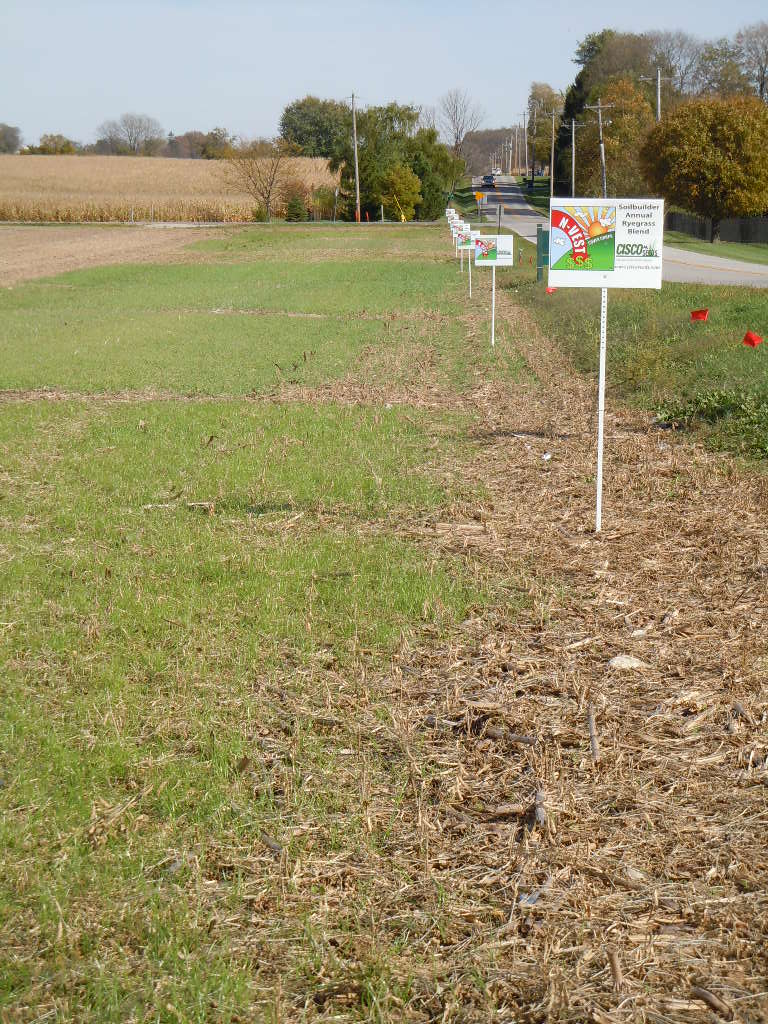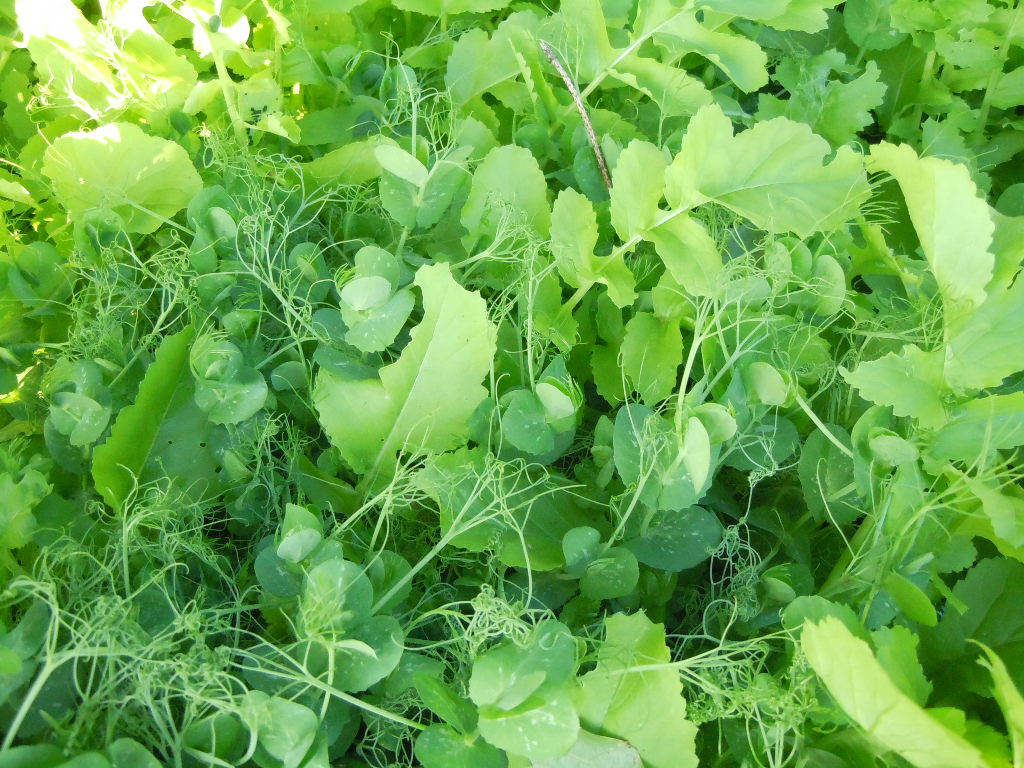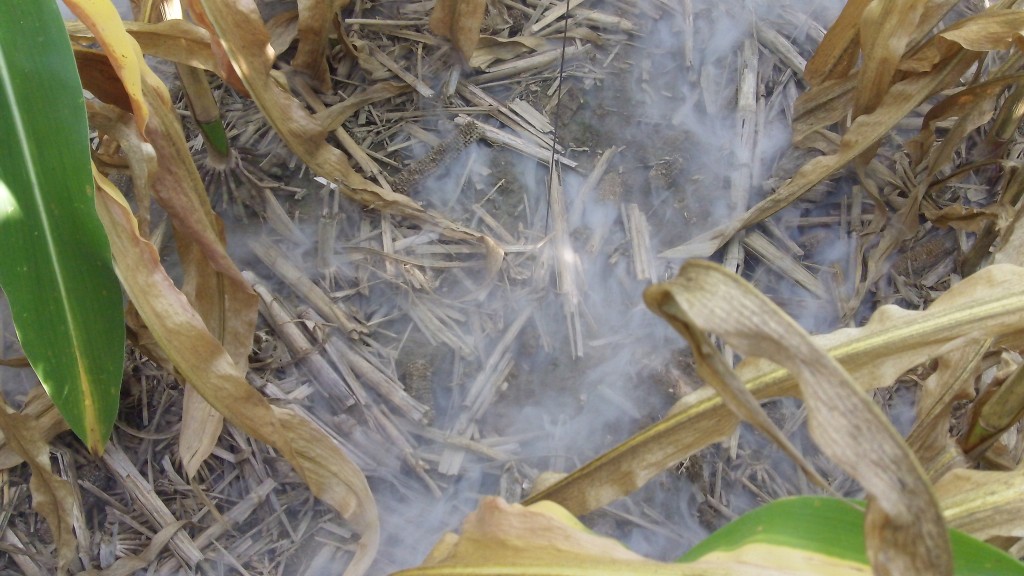Fertilizing Cover Crops & Planting Legumes After Soybeans
If you spend any time at all in cover crop meetings, you may have heard that it’s a good idea to add 20-50# of Nitrogen per acre to your cover crop – if you don’t have a legume in the mix or you don’t have manure available. You also probably heard (or participated in) the grumbling […]
Fertilizing Cover Crops & Planting Legumes After Soybeans Read More »
